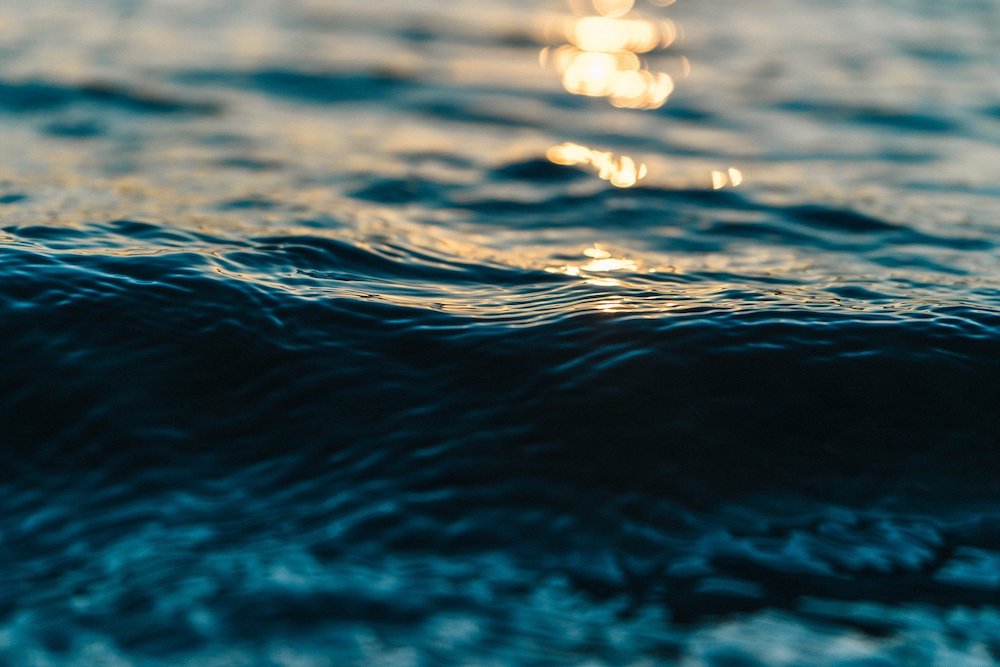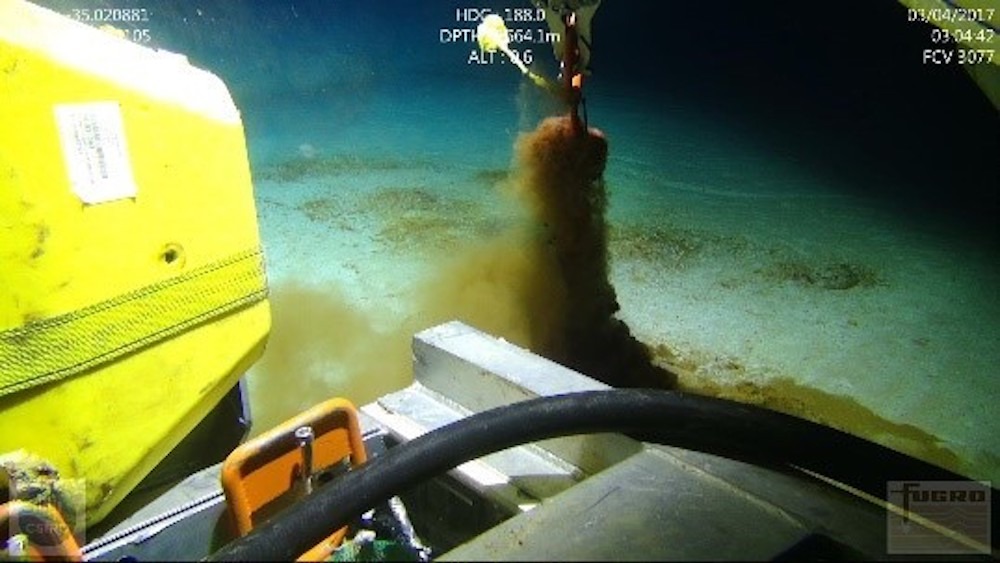The research, carried out by Australia's CSIRO, discovered 25 times more microplastics on the seafloor than in previous deep-sea studies

The 14 million tonnes figure is more than double the amount of plastic pollution estimated to be on the ocean's surface (Credit: Pixabay)
There could be 14 million tonnes of microplastics on the seafloor, according to a “world-first” study carried out by Australia’s Commonwealth Scientific and Industrial Research Organisation (CSIRO).
This is more than double the amount of plastic pollution estimated to be on the ocean’s surface.
Justine Barrett, from CSIRO’s Oceans and Atmosphere who led the study, believes the research extends understanding around the amount of plastic pollution in oceans and the impact of plastic items.
She explained: “Plastic pollution that ends up in the ocean deteriorates and breaks down, ending up as microplastics.
“Our research provides the first global estimate of how much microplastic there is on the seafloor.
“Even the deep ocean is susceptible to the plastic pollution problem.
“The results show microplastics are indeed sinking to the ocean floor.”
Amount of microplastics recorded 25 times higher than previous research, says seafloor study
The samples used as part of the CSIRO study were collected using a robotic submarine in depths of 3000 metres at sites up to 380 kilometres offshore from the state of South Australia.
The number of microplastics recorded was 25 times higher than previous deep-sea studies.
Based on the results of deep-sea plastic densities, and scaling up to the size of the ocean, the organisation calculated a global estimate of microplastics on the seafloor – which resulted in the 14 million tonnes figure.

Dr Denise Hardesty, a principal research scientist at CSIRO and co-author on the study, believes the results indicate the urgent need to generate effective plastic pollution solutions across the globe.
She added: “We were surprised to observe high microplastic loads in such a remote location.
“By identifying where and how much microplastic there is, we get a better picture of the extent of the problem.
“This will help to inform waste management strategies and create behavioural change and opportunities to stop plastic and other rubbish entering our environment.
“We can all help to reduce plastic ending up in our oceans by avoiding single-use plastics, supporting Australian recycling and waste industries, and disposing of our rubbish thoughtfully so it doesn’t end up in our environment.
“Government, industry and the community need to work together to significantly reduce the amount of litter we see along our beaches and in our oceans.”
